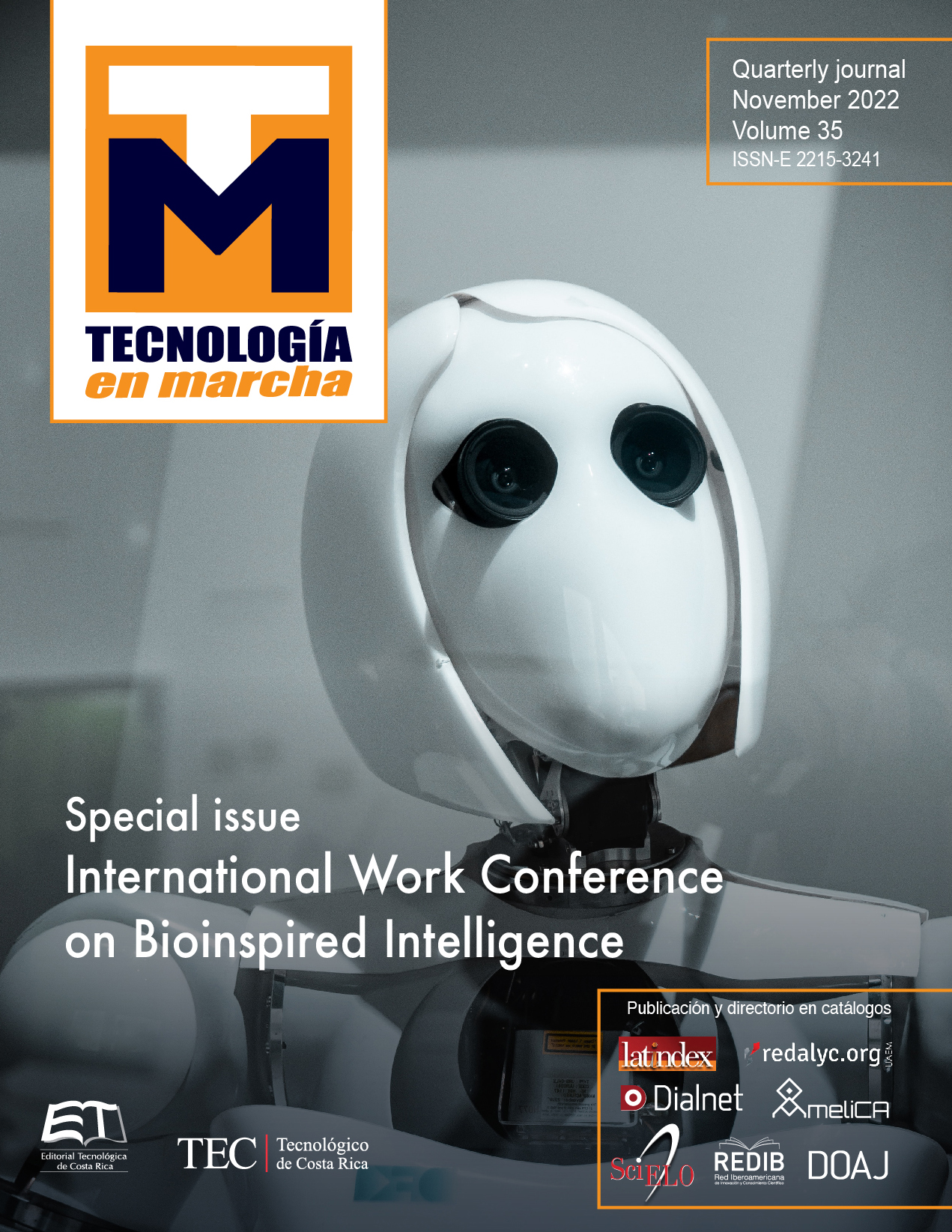Artificial Intelligence based Multi-sensor COVID-19 Screening Framework
Main Article Content
Abstract
Many countries are struggling for COVID-19 screening resources which arises the need for automatic and low-cost diagnosis systems which can help to diagnose and a large number of tests can be conducted rapidly. Instead of relying on one single method, artificial intelligence and multiple sensors based approaches can be used to decide the prediction of the health condition of the patient. Temperature, oxygen saturation level, chest X-ray and cough sound can be analyzed for the rapid screening. The multi-sensor approach is more reliable and a person can be analyzed in multiple feature dimensions. Deep learning models can be trained with multiple chest x-ray images belonging to different categories to different health conditions i.e. healthy, COVID-19 positive, pneumonia, tuberculosis, etc. The deep learning model will extract the features from the input images and based on that test images will be classified into different categories. Similarly, cough sound and short talk can be trained on a convolutional neural network and after proper training, input voice samples can be differentiated into different categories. Artificial based approaches can help to develop a system to work efficiently at a low cost.
Article Details

This work is licensed under a Creative Commons Attribution-NonCommercial-NoDerivatives 4.0 International License.
Los autores conservan los derechos de autor y ceden a la revista el derecho de la primera publicación y pueda editarlo, reproducirlo, distribuirlo, exhibirlo y comunicarlo en el país y en el extranjero mediante medios impresos y electrónicos. Asimismo, asumen el compromiso sobre cualquier litigio o reclamación relacionada con derechos de propiedad intelectual, exonerando de responsabilidad a la Editorial Tecnológica de Costa Rica. Además, se establece que los autores pueden realizar otros acuerdos contractuales independientes y adicionales para la distribución no exclusiva de la versión del artículo publicado en esta revista (p. ej., incluirlo en un repositorio institucional o publicarlo en un libro) siempre que indiquen claramente que el trabajo se publicó por primera vez en esta revista.
References
World Health organization, Coronavirus disease (COVID-19) pandemic, https://www.who.int/emergencies/ diseases/novel-coronavirus-2019 (accessed on 22 July, 2020).
W. Wang, Y. Xu, R. Gao, R. Lu, K. Han, G. Wu, et al., “Detection of SARS-CoV-2 in Different Types of Clinical Specimens,” Jama, 2020.
M. Abdel-Basset, R. Mohamed, M. Elhoseny, R. K. Chakrabortty and M. Ryan, “A Hybrid COVID-19 Detection Model Using an Improved Marine Predators Algorithm and a Ranking-Based Diversity Reduction Strategy,” in IEEE Access, vol. 8, pp. 79521-79540, 2020. doi: 10.1109/ACCESS.2020.2990893
L. Carrer et al., “Automatic Pleural Line Extraction and COVID-19 Scoring from Lung Ultrasound Data,” in IEEE Transactions on Ultrasonics, Ferroelectrics, and Frequency Control. doi: 10.1109/TUFFC.2020.3005512
F. Rustam et al., “COVID-19 Future Forecasting Using Supervised Machine Learning Models,” in IEEE Access, vol. 8, pp. 101489-101499, 2020. doi: 10.1109/ACCESS.2020.2997311
Johns Hopkins University Data Repository. Cssegisanddata. Accessed: June. 27, 2020. [Online]. Available: https://github.com/ CSSEGISandData
S. Karanam, R. Li, F. Yang, W. Hu, T. Chen and Z. Wu, “Towards Contactless Patient Positioning,” in IEEE Transactions on Medical Imaging. doi: 10.1109/TMI.2020.2991954
C. Guo, P. Tian and K. R. Choo, “Enabling Privacy-assured Fog-based Data Aggregation in E-healthcare Systems,” in IEEE Transactions on Industrial Informatics. doi: 10.1109/TII.2020.2995228
E. Montes-Orozco et al., “Identification of COVID-19 Spreaders Using Multiplex Networks Approach,” in IEEE Access, vol. 8, pp. 122874-122883, 2020. doi: 10.1109/ACCESS.2020.3007726
Shah, S. et al. Novel use of home pulse oximetry monitoring in COVID‐19 patients discharged from the emergency department identifies need for hospitalization. Acad. Emerg. Med. (2020) doi:10.1111/acem.14053.
Simonyan, K., Zisserman, A., 2014. VGG-16. arXiv Prepr. https://doi.org/10.1016/j.infsof.2008.09.005
Kim, J., Lee, J.K., Lee, K.M., 2016. Accurate image super-resolution using very deep convolutional networks, in: Proceedings of the IEEE Computer Society Conference on Computer Vision and Pattern Recognition. https:// doi.org/10.1109/CVPR.2016.182
Joseph Paul Cohen and Paul Morrison and Lan Dao COVID-19 image data collection, arXiv: 2003.11597, 2020 https://github.com/ieee8023/COVID-chestxray-dataset.
Chest X-Ray Images (Pneumonia) https://www.kaggle.com/paultimothymooney/chest-xray-pneumonia.
A. Waheed, M. Goyal, D. Gupta, A. Khanna, F. Al-Turjman and P. R. Pinheiro, “CovidGAN: Data Augmentation Using Auxiliary Classifier GAN for Improved Covid-19 Detection,” in IEEE Access, vol. 8, pp. 91916-91923, 2020, doi: 10.1109/ACCESS.2020.2994762.

